Pancreas General Information
Pancreas, an organ of the gastrointestinal parcel situated in the stomach hole, contacted the duodenum. It is an extended lobular development, weight – going from 80 to 90 grams. The organ comprises a head, body, and tail.
The pancreas is an organ up to 14 to 18 cm long that is situated behind the stomach. It assumes a significant job both in chemical creation and in the design of related stomach compounds.
The pancreas is located behind the stomach and is significant for chemical creation (e.g., insulin) and digestion.
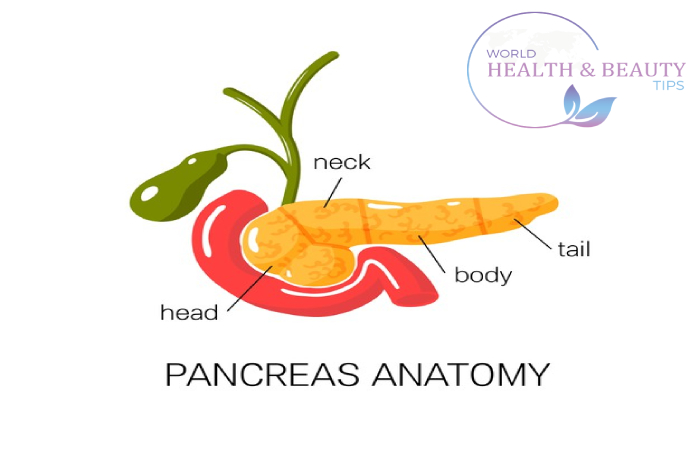
The Function of the Pancreas
From one viewpoint, the pancreas is an endocrine organ. It utilizes the Langerhan’s islet cells to create, in addition to other things, the chemicals insulin and glucagon for controlling glucose levels. The sugar in the body must be utilized by the cells using insulin.
Furthermore, without this chemical, glucose can’t be retained, which rapidly prompts dangerous conditions on the off chance that there is too little sugar in the body. The glucagon guarantees that the body’s iron stores, particularly from the liver, are delivered.
The exocrine part of the pancreas additionally creates stomach related chemicals, for example,
- Amylase (used to process starches),
- Trypsin (used to process proteins),
- and lipase for fat digestion
What’s more, it discharges them into the duodenum. In any case, the catalysts proselyte to satisfy their motivation after they have arrived at the digestive tract. Besides, the pancreas would process itself. An aggregate of 20 unique proteins produce.
The two elements of the pancreas, i.e., chemicals and stomach related catalysts’ creation, generally coincide autonomously. On account of an infection, it can confine one of two capacities without fundamentally influencing the other.
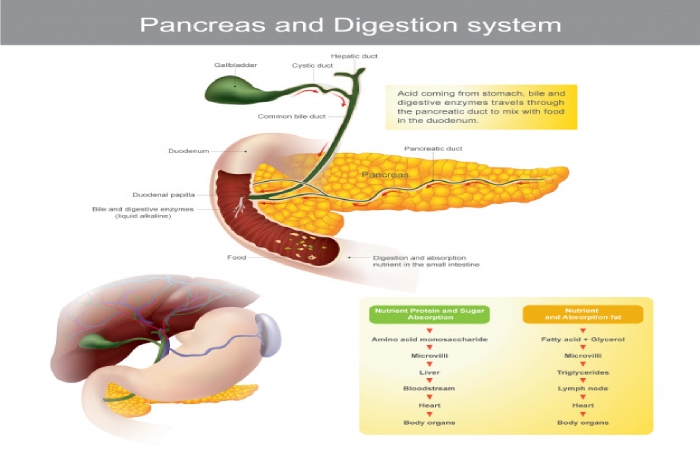
How does the Pancreas work?
An intricate organization of nerves goes through the pancreas. The alleged exocrine piece of the pancreas, liable for creating stomach-related chemicals, produces around 1.5-3 liters of emission daily.
How is the Pancreas Organized?
The pancreas can structurally separate into three segments:
- Pancreatic head
- body and
- Pancreatic tail
Practically, a qualification is complete between the exocrine and endocrine parts. The exocrine function comprises of a few little organ cells that appropriated over the whole pancreas. Besides, it is the place where the related stomach compounds shape. The endocrine part is otherwise called the islets of Langerhans. It is for most of the body and tail of the pancreas. It is the place where the creation of insulin and glucagon happens.
Furthermore, the pancreas is associated with the small digestive system through the pancreatic pipe, through which it discharges stomach related catalysts into the digestive system.
Furthermore, the pancreas assumes a significant part in absorption and in managing glucose. Three infections related to the pancreas are pancreatitis, malignant pancreatic growth, and diabetes.
Common Diseases of the Pancreas
Pancreatic diseases:
- pancreatitis (intense, ongoing);
- Pancreatic putrefaction;
- Pancreatolithiasis;
- growth;
- a pancreatic tumor (favorable, harmful);
- cystic fibrosis;
- Pancreatogenic diabetes mellitus.
Intense Irritation of the Pancreas (Severe Pancreatitis)
Fast, extreme irritation of the pancreas prompts the decimation of cells in the organ. It portrays by unexpected, severe upper and center stomach torment. Regularly there is a sickness with heaving. Besides, the agony can emanate into the back like a belt. Meteorism, fever, and indications of stun are different side effects.
Should separate intense type of pancreatitis from the scene of persistent pancreatitis. A typical reason is excessive alcohol utilization, just as gallstones obstruct the organ’s primary pipe – less frequently tranquilizes, metabolic issues, and different causes.

Symptoms
Pancreatic illnesses usually start with pancreatitis. The side effects of the infection are comparative.
Symptoms:
- pain in the left hypochondrium, support, regularly intense pain;
- dyspepsia: swelling, sickness, the heaving of food;
- Diarrhea, Flatulence.
The torment is paroxysmal and tireless. It can give under the shoulder bones and back, increments after eating, drinking liquor, and indulging.
Persistent pancreatitis can be asymptomatic or joined by repetitive agony in the upper midsection, frequently encompassing differing forces. The parenchymal tissue of the pancreas supplants by stringy tissue. The progressions are not reversible.
The Chronic Irritation of the Pancreas (Persistent Pancreatitis)
Repeating aggravations, which are unperceived because of the vague indications, can prompt moderate, i.e., persistent, destruction of the organ. Scar tissue is then made rather than solid tissue.
As the infection advances, this enormously influences the stomach related capacity, and insulin creation is additionally limited. It prompts diabetes and stomach related problems because of the absence of catalysts. In around 80% of cases, excessive alcohol utilization is the reason, and less frequently, inherent quality changes, persistent gallstone infection, and different reasons.
Pancreatitis, an inflammation of the pancreas and can be intense or constant. Causes – hunger, stones in the bile pipes, harming, smoking, ongoing liquor addiction, interruption of the stomach related lot (stomach, duodenum), viral illnesses, contaminations, and so forth.
Symptoms of intense pancreatitis are sickness, heaving, indigestion, hurting, tedious torment in the midsection, in the left hypochondrium, persevering for a few days. Just as squeezing torment in the lower mid-region, fart, irregular stool (the runs or blockage), chills, or expanded perspiring, a terrible taste is felt in the mouth, staining the skin.

Pancreatic Cancer
Causes
It’s not satisfactory what causes malignant pancreatic growth. Specialists have predictable a few factors that may build this disease’s danger, including smoking and certainly acquired quality transformations.
The pancreatic disease starts in your pancreas tissues — an organ in your midsection that lies behind your stomach’s lower part. Furthermore, your pancreas discharges chemicals that guide assimilation and produce chemicals that help deal with your glucose.
When pancreatic cells develop wildly, pancreatic tumor frames, a differentiation is made whether this is amiable or dangerous. For instance, blisters (pits loaded up with water) can be kind. Then again, dangerous tumors additionally become rapidly in the encompassing tissue structures and organs. In the most pessimistic scenario, malignant pancreatic growth metastasizes and shapes girl tumors in different organs. Likewise, sorts of tumors show risky conduct and cannot be as kind or dangerous.
A few sorts of developments can happen in the pancreas, including destructive and noncancerous tumors. Besides, the most well-known kind of disease that structures in the pancreas start in the cells that line the conduits that do stomach related proteins of the pancreas.
Pancreatic disease is only occasionally identified at its beginning phases when it’s generally reparable. It is because it frequently doesn’t cause indications until after it has spread to different organs.
However, the reasons for tumors are far, regardless of profound exploration, not completely clear. Nonetheless, it considers that adjustments in pancreatic cells’ hereditary material transform a typical cell into a tumor cell.
Symptoms of Pancreatic Cancer
The primary side effects may be effortless yellowing of the eyes and skin (jaundice), nausea, weight reduction, feeling tired, and craving loss. Upper stomach torment, for example, irritation of the pancreas, can likewise happen.
Besides, determining hazard factors were in enormous observational investigations. In any case, if these happen in an individual, they don’t need to prompt an ailment.
Furthermore, the main danger factors are smoking (counting detached smoking) and being overweight. Ongoing pancreatitis and type 2 diabetes can likewise expand the danger.
Symptoms
Signs and indications of malignant pancreatic growth regularly don’t happen until the illness progresses. They may include:
- Stomach torment that transmits to your back
- Loss of hunger or unintended weight reduction
- Yellowing of skin and the whites of your eyes (jaundice)
- Light-shaded stools
- Dull hued pee
- Bothersome skin
- New finding of diabetes or existing diabetes that is getting more hard to control
- Blood clusters
- Weakness
Danger factors
Variables that may build your danger of malignant pancreatic growth include:
- Smoking
- Diabetes
- Persistent irritation of the pancreas (pancreatitis)
- Family background of hereditary disorder that can build disease hazard, including a BRCA2 quality transformation, Lynch condition, and familial atypical mole-harmful melanoma (FAMMM) disorder
- Family background of malignant pancreatic growth
- Weight
- More seasoned age, as a great many people analyzed after 65 years of age.
Prevention
You may lessen your danger of pancreatic disease on the off chance that you:
Quit Smoking.
On the chance that you smoke, attempt to stop. Converse with your PCP about techniques to help you quit, including support gatherings, drugs, and nicotine substitution treatment. However, on the chance that you don’t smoke, don’t begin.

Keep Healthy Weight.
On the off chance that you are at a stable weight, work to look after it. If you need to get in shape, focus on a moderate, consistent weight reduction — 1 to 2 pounds (up to 0.5 to 1 kilogram) seven days. However, Consolidate day-by-day practice with an eating regimen wealthy in vegetables, natural products, and entire grains with more modest parts to help you get in shape.
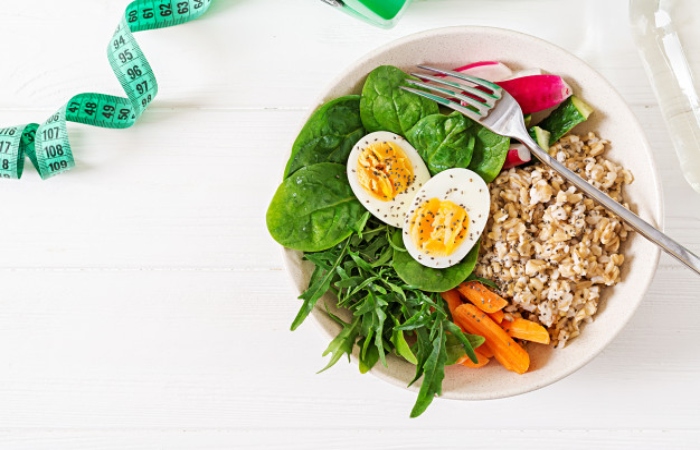
Pick a Solid Eating Routine.
An eating routine loaded with brilliant leafy foods and entire grains may help lessen your danger of malignant growth.
Diagnosis of diseases of the Pancreas
To analyze the pancreas’ diseases, the specialist performs assessment and palpation of the midsection and recommends research facilities and instrumental strategies.
A biochemical blood test inspects the degree of pancreatic proteins (amylase, lipase), blood glucose, liver capacity tests.
Made Stool tests to survey the lack of chemical creation, the presence of undigested food, fat, and a few proteins (pancreatic Elastase) inspected.
Realistic, helpful valuations complete utilizing Transabdominal ultrasound (stomach ultrasound), CT, Radiography, and attractive reverberation cholangiopancreatography.

Note on diabetes
Pancreatic infection is the reason for diabetes in under one percent of cases. However, the most well-known purpose behind insulin opposition is an undesirable life (excessive weight and absence of activity). The fat tissue diminishes insulin affectability, which the pancreas at first repays with expanded insulin creation – until it depletes.
Important
Consider meeting with a hereditary guide on the off chance that you have a pancreatic malignancy family background. However, the individual can audit your family wellbeing history with you and decide if you may profit by a genetic test to comprehend your danger of malignant pancreatic growth or different diseases.
Note
Alcohol diminishes the creation of lipase in the stomach and weakens the assimilation of fats. It nullifies all the achievement of treatment. Accordingly, with any EPI, alcohol should be deserted. It does not settle whether this measure permits the ordinary working of the pancreas to re-established. Nonetheless, it is known to be without a doubt that the individuals who keep on drinking alcohol create protein inadequacy quicker.
Also read : Psoriasis: Causes, Symptoms, Treatments, and Complications
Related posts
Trending Posts
Clinique Moisturizer-The best face moisturizers from Clinique
Clinique moisturizer – Description The Clinique moisturizer-“Drastically Extraordinary Saturating Moisturizer ” has an improved equation that fundamentally fortifies skin’s dampness…
Novex DS Tablet: Uses, Dosage, Side Effects – WHBT
About Novex DS Tablet This Novex DS tablet is a particular estrogen receptor modulator, otherwise called SERM. It is essentially…

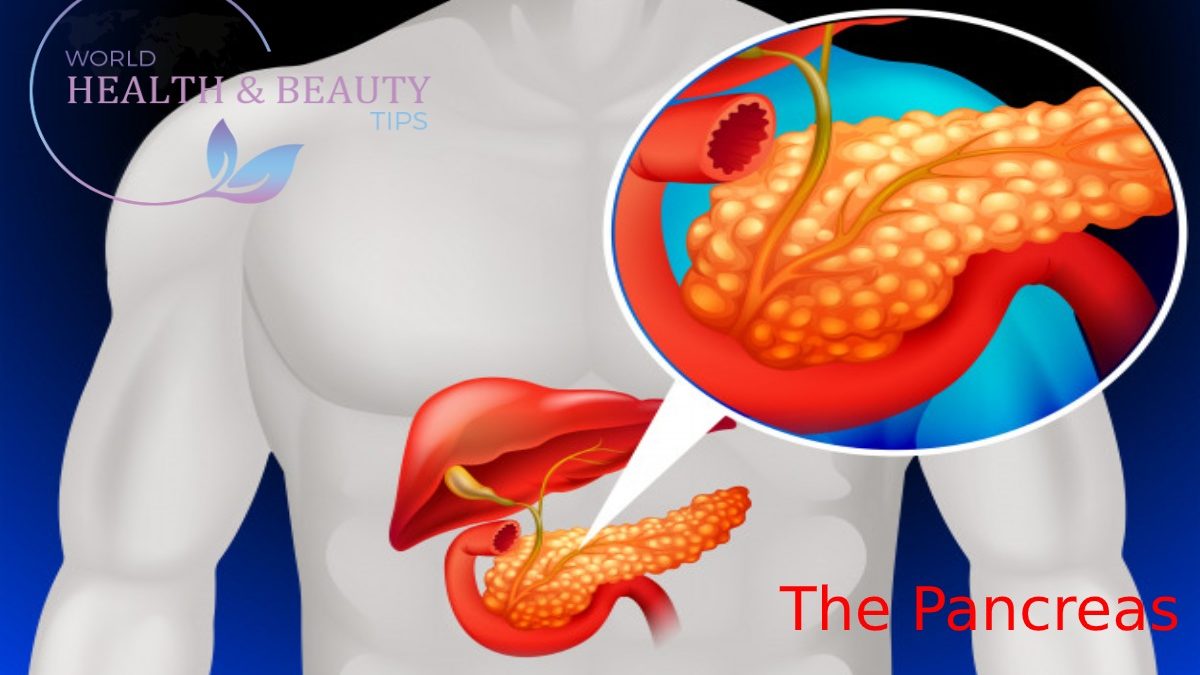
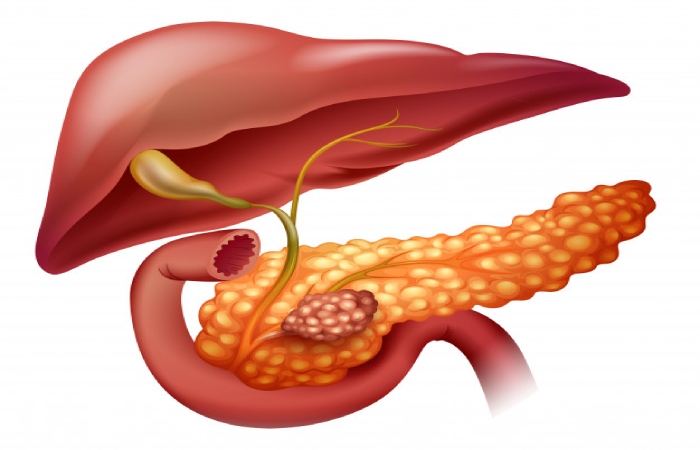


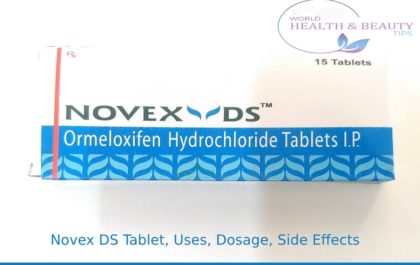

Review The Pancreas – Anatomy, Functions and Common Diseases.